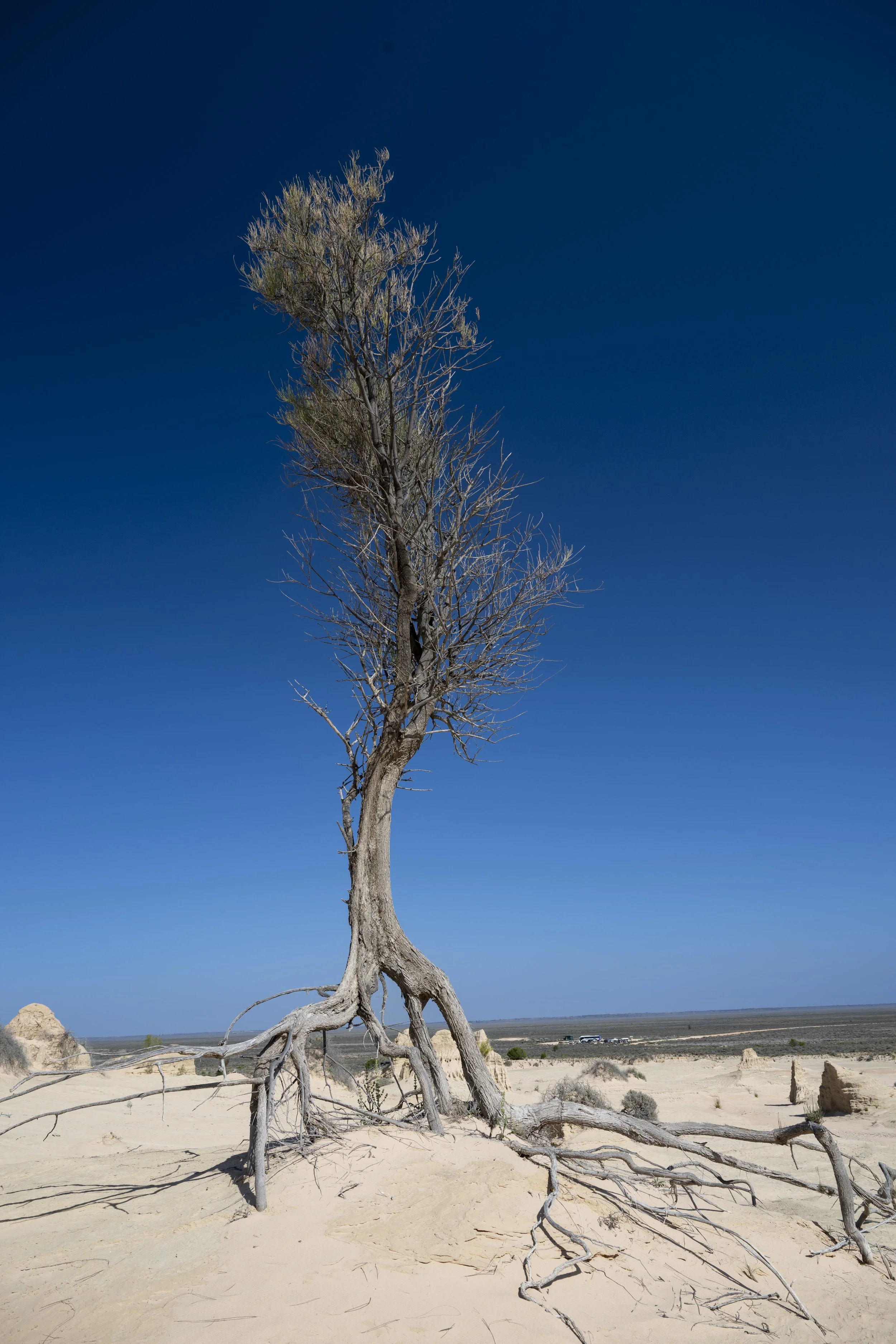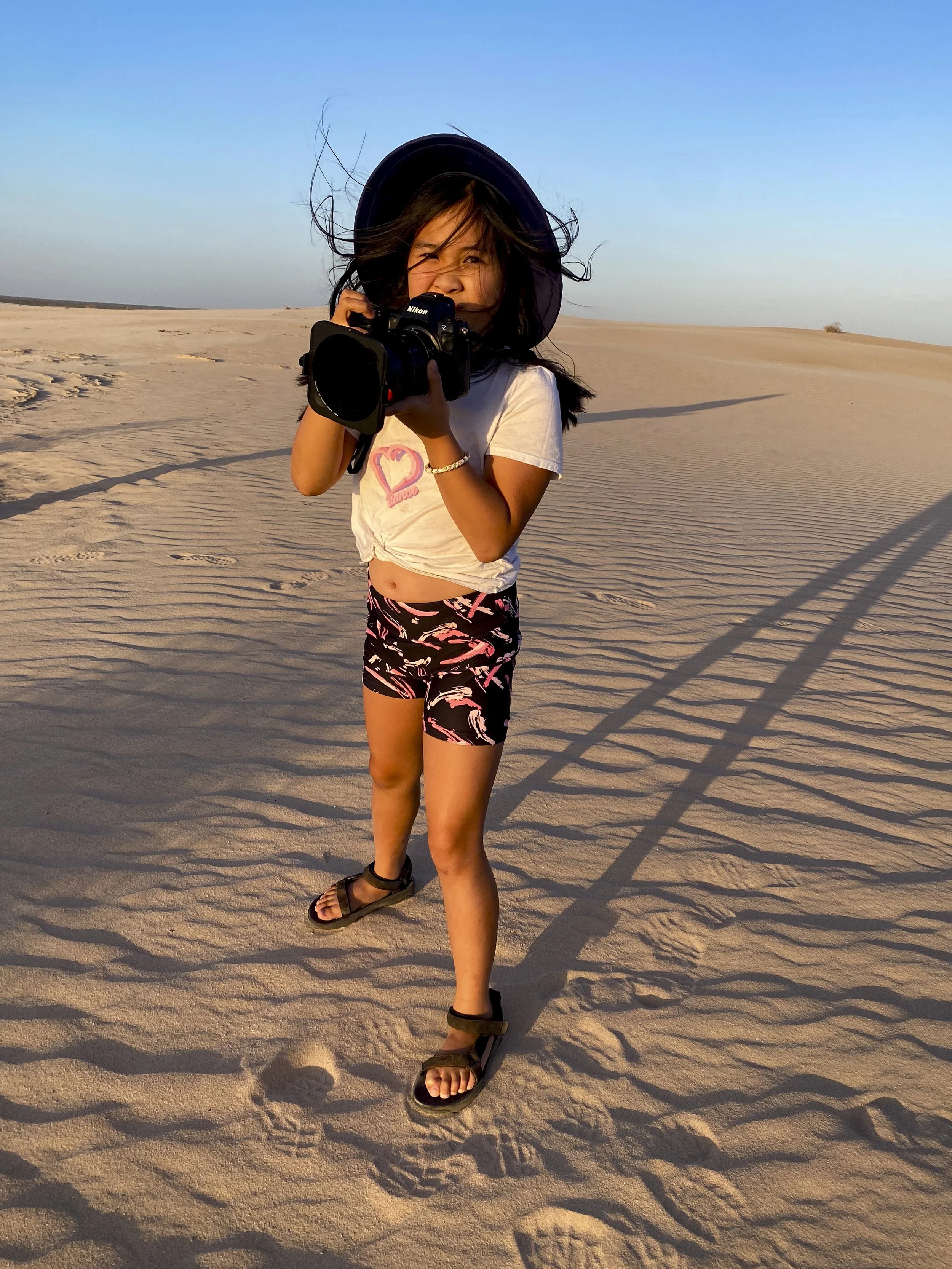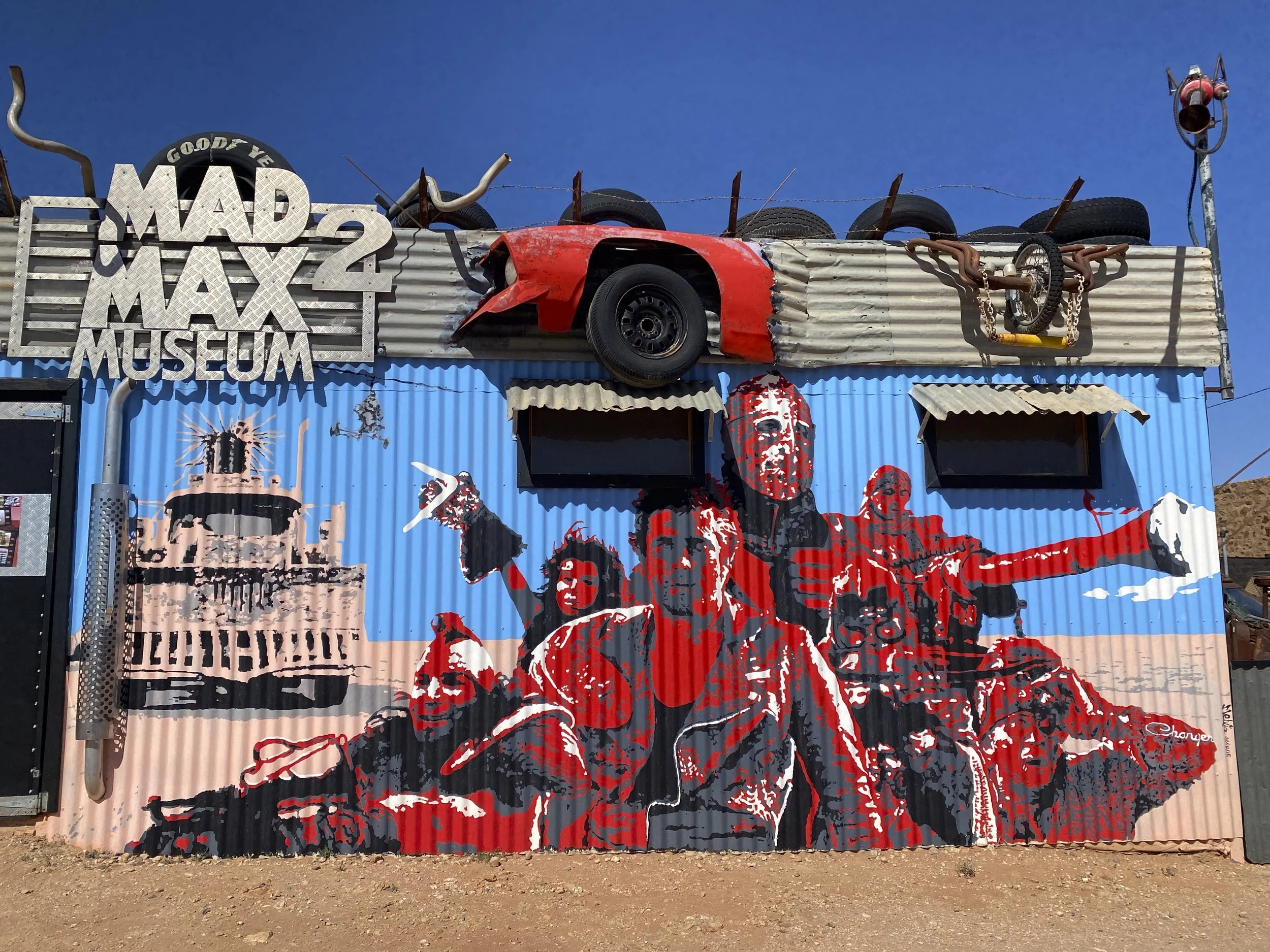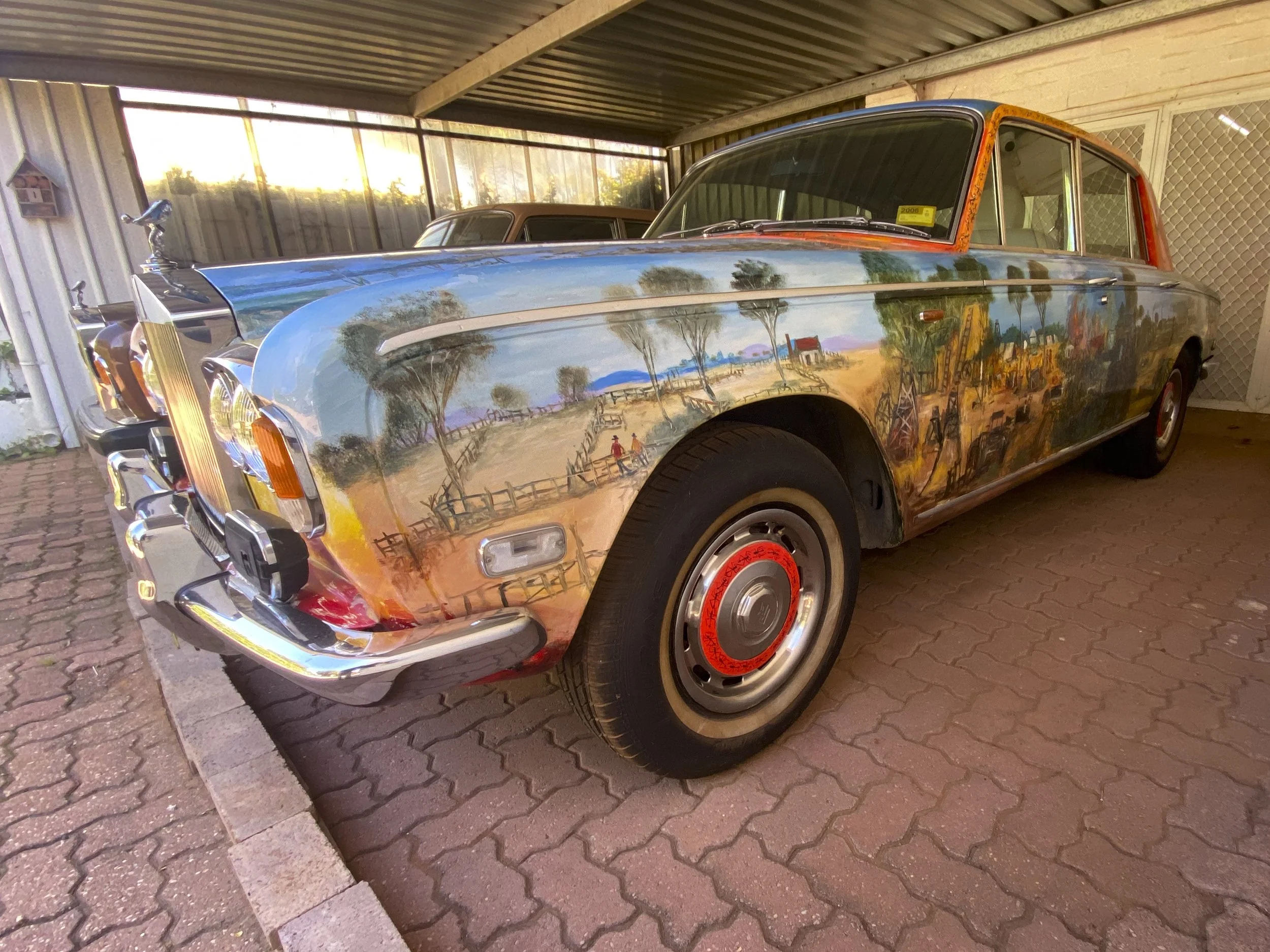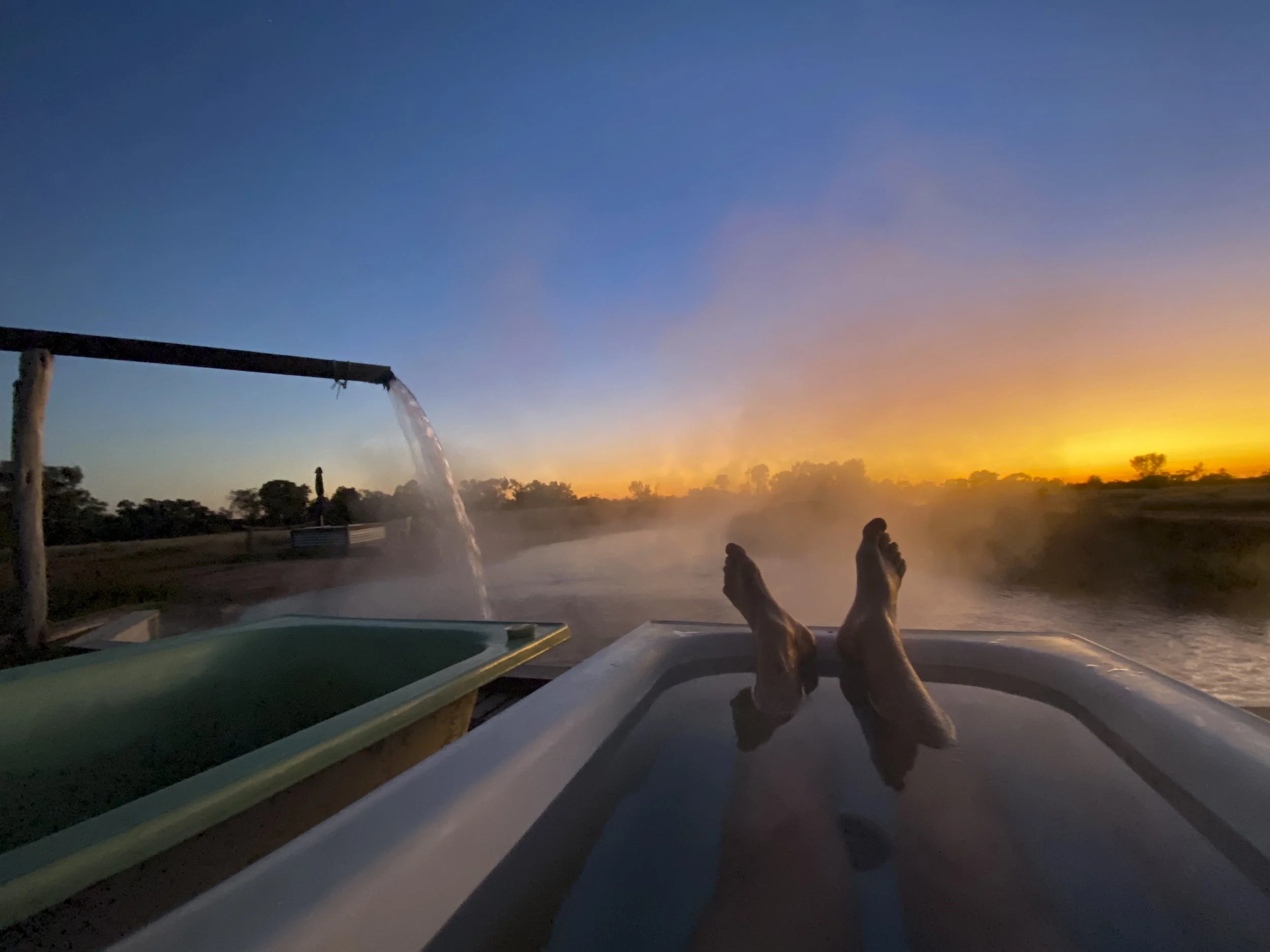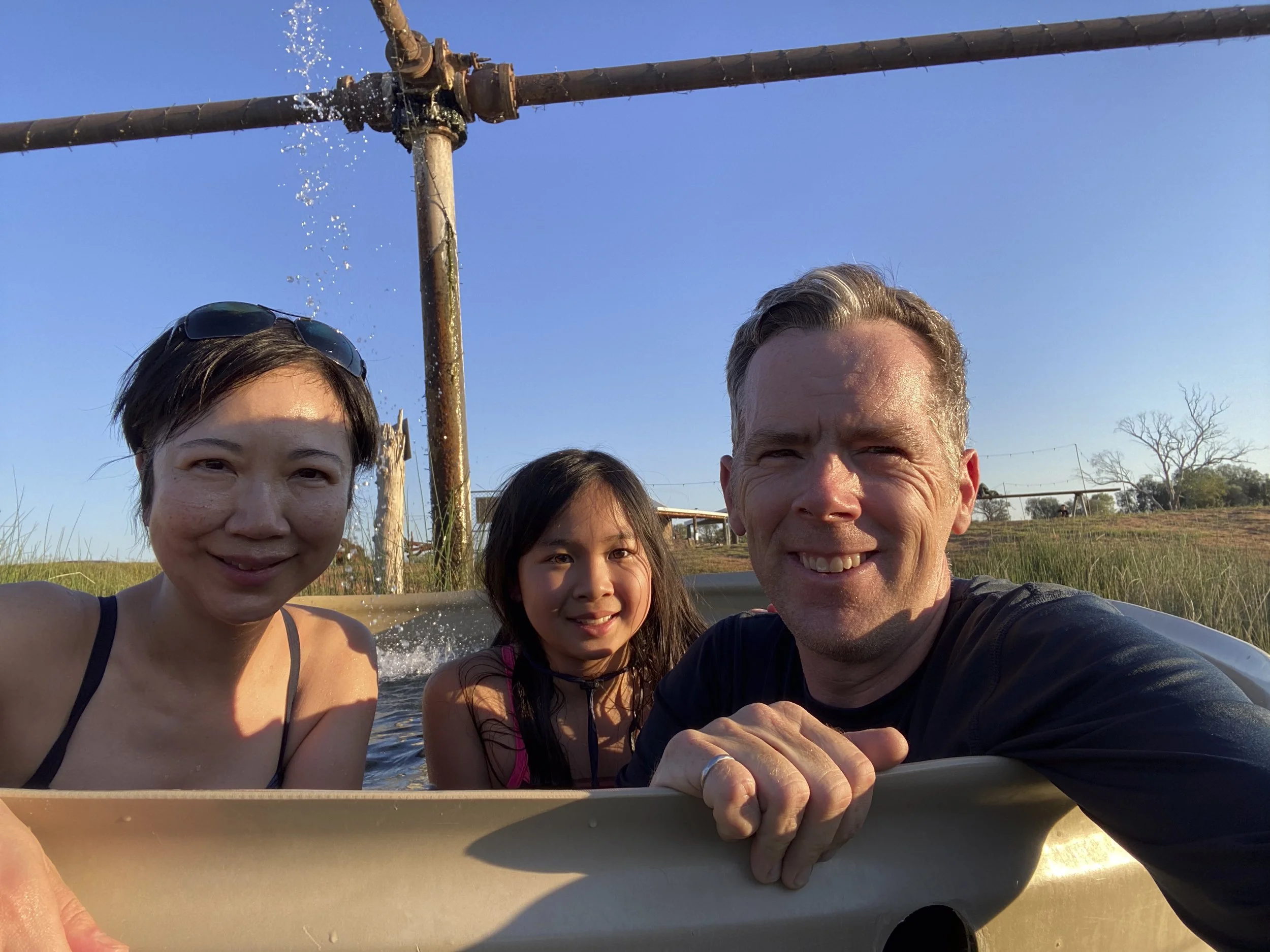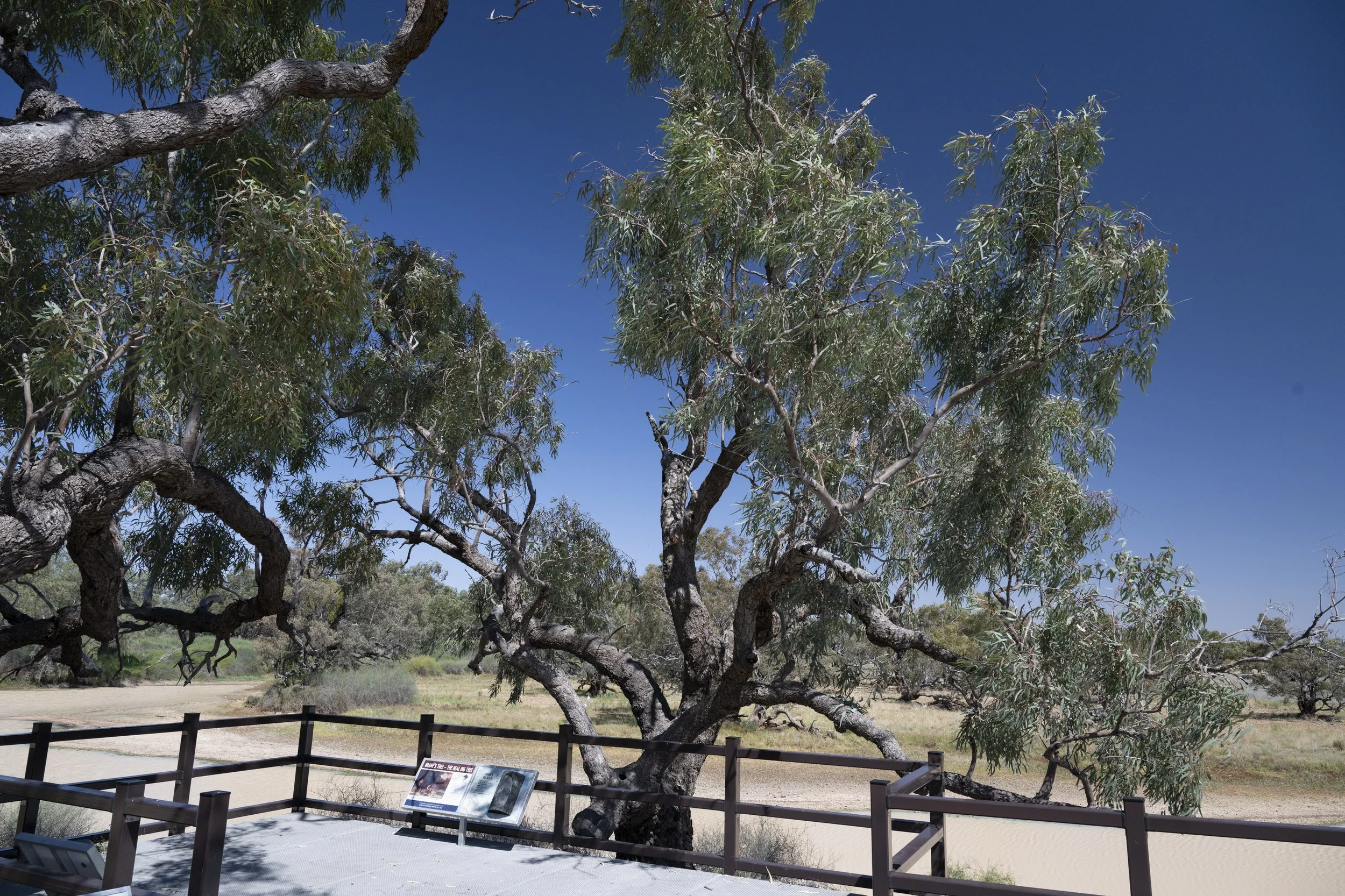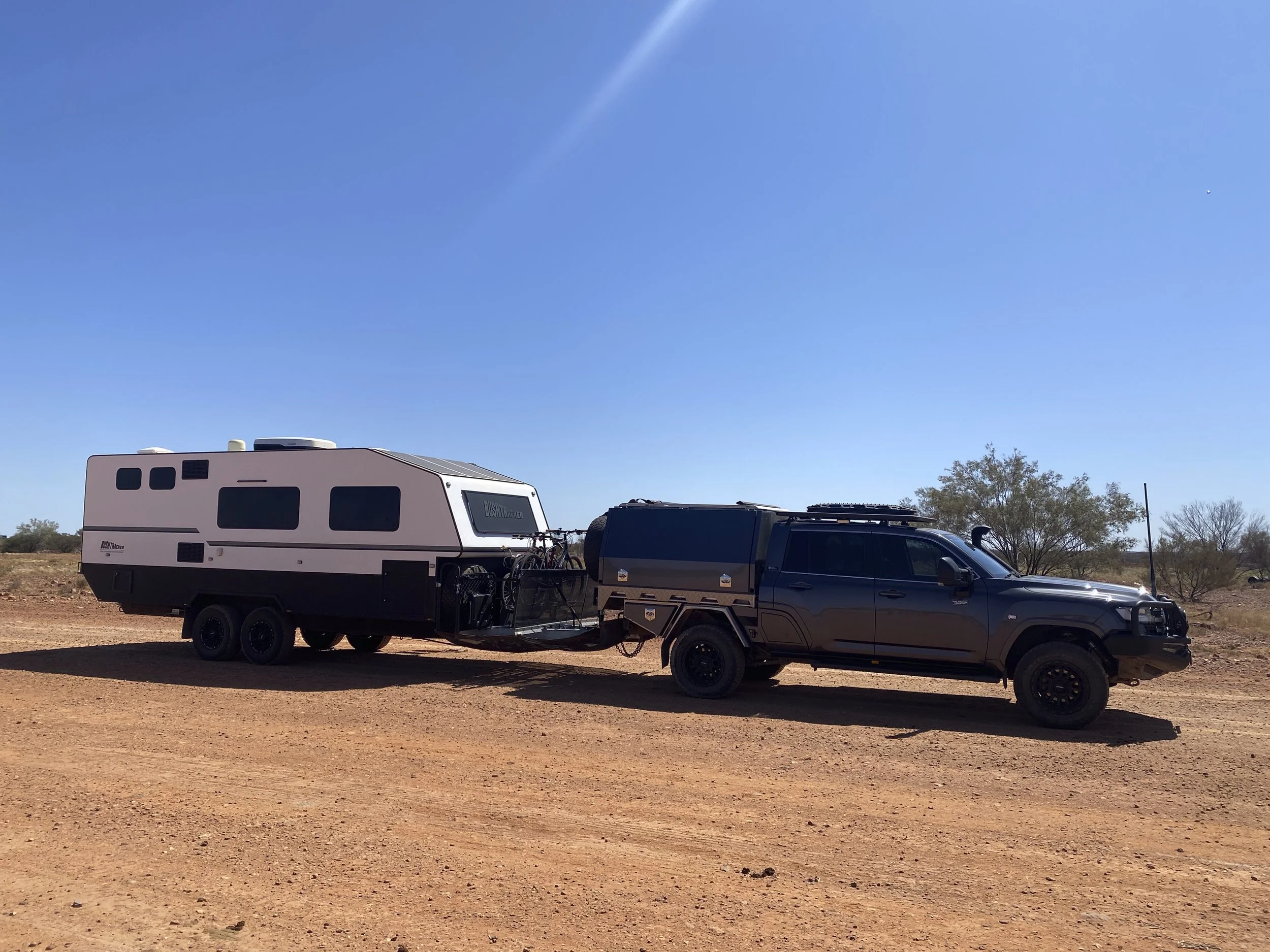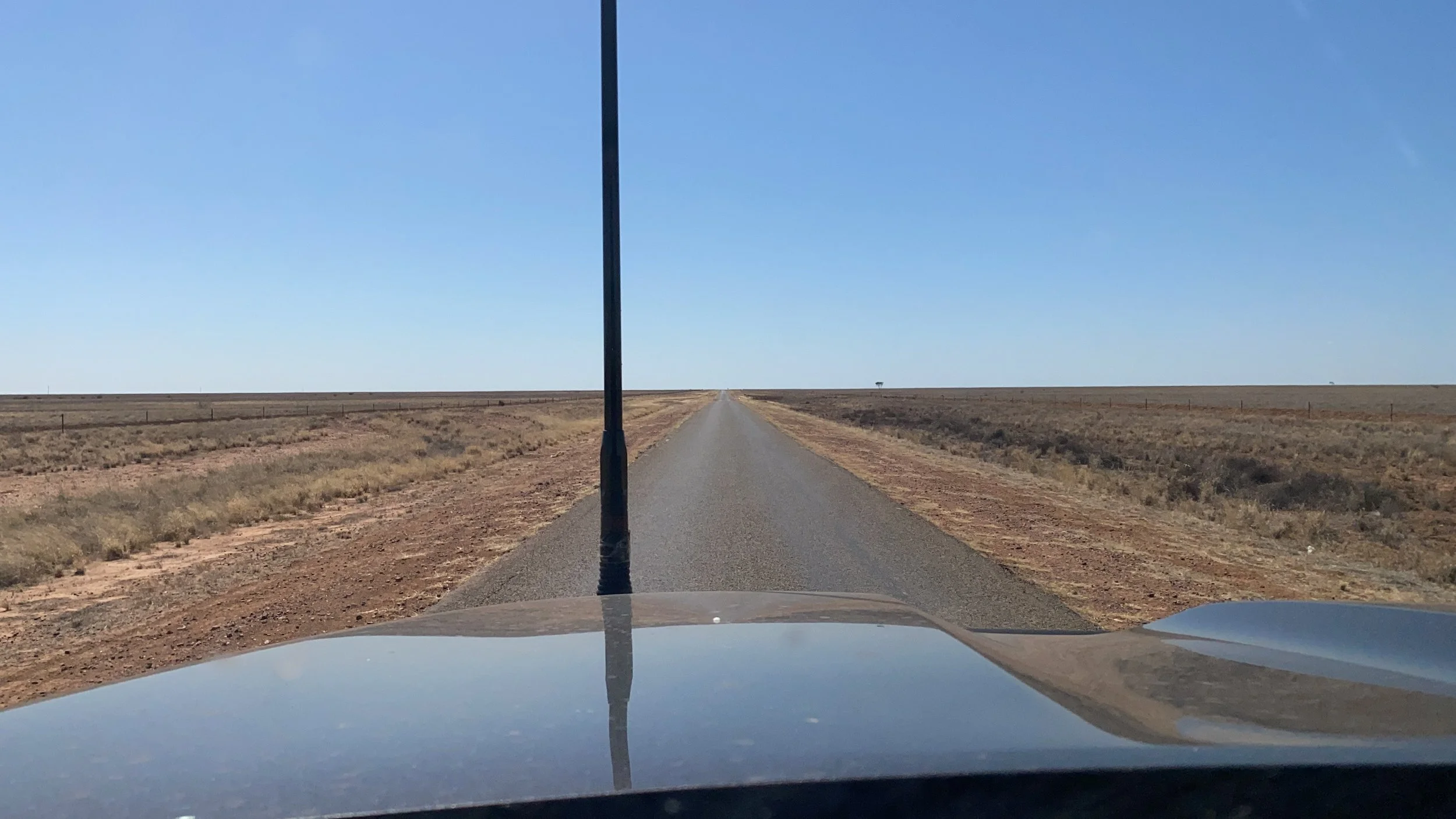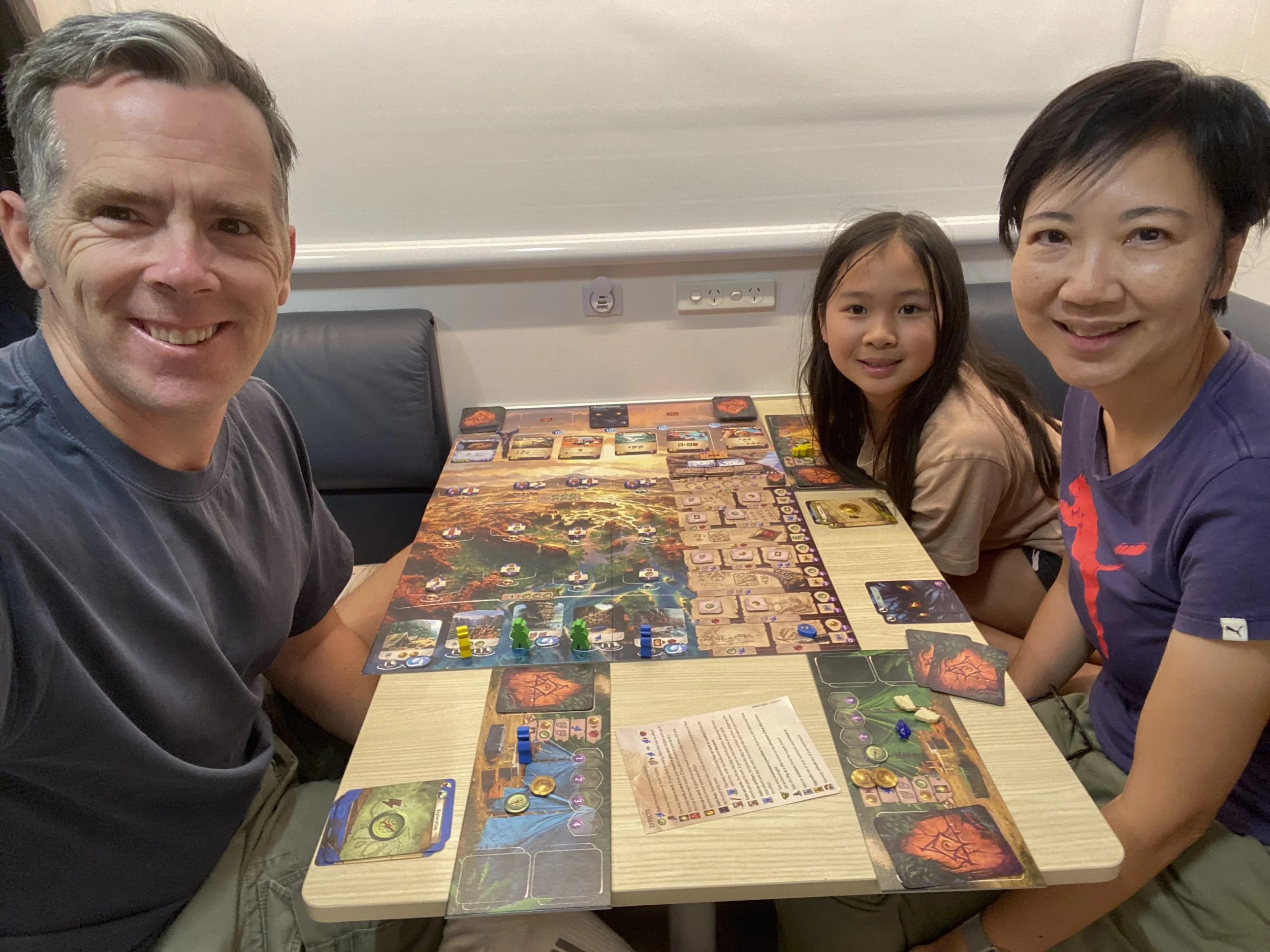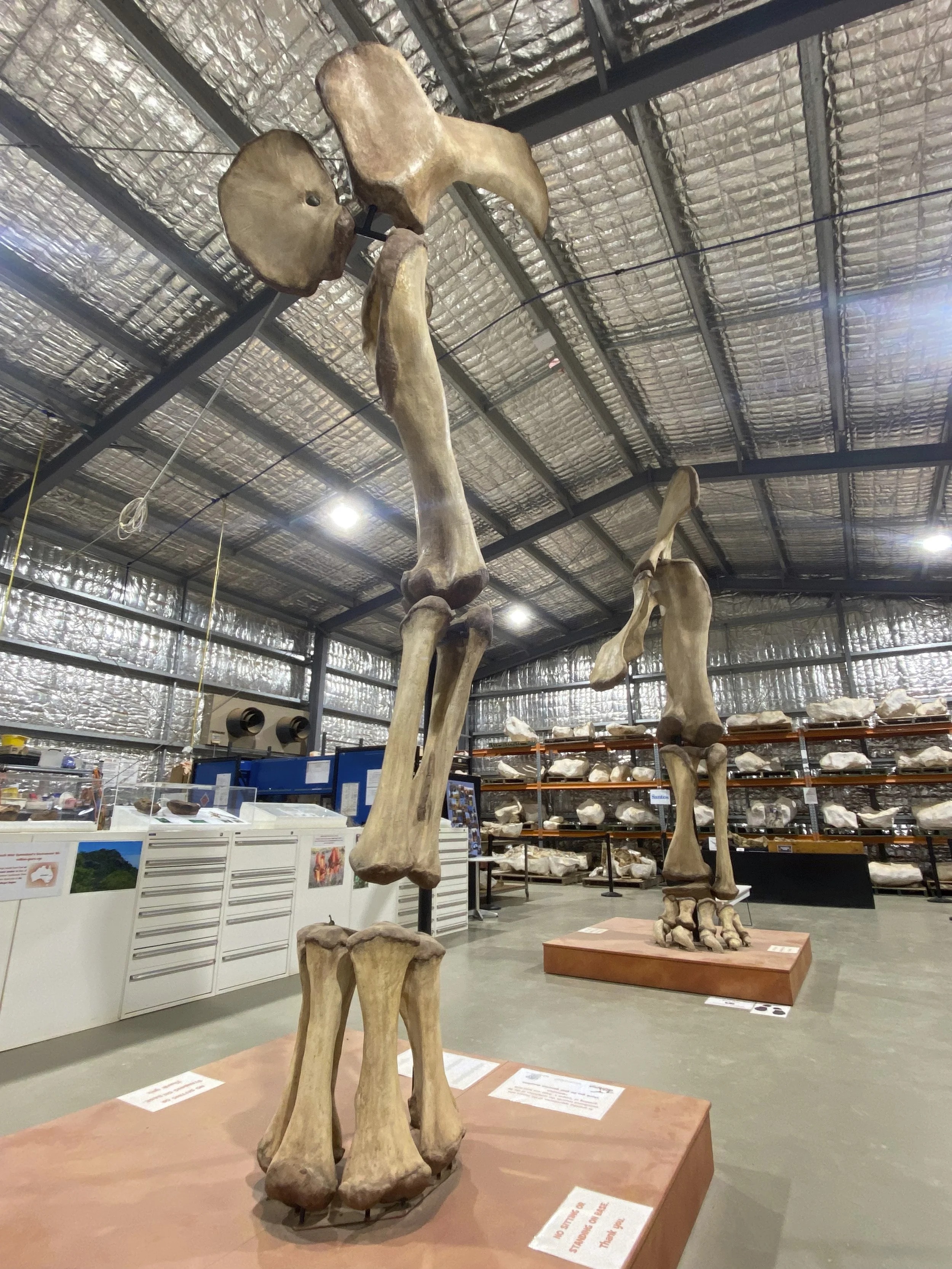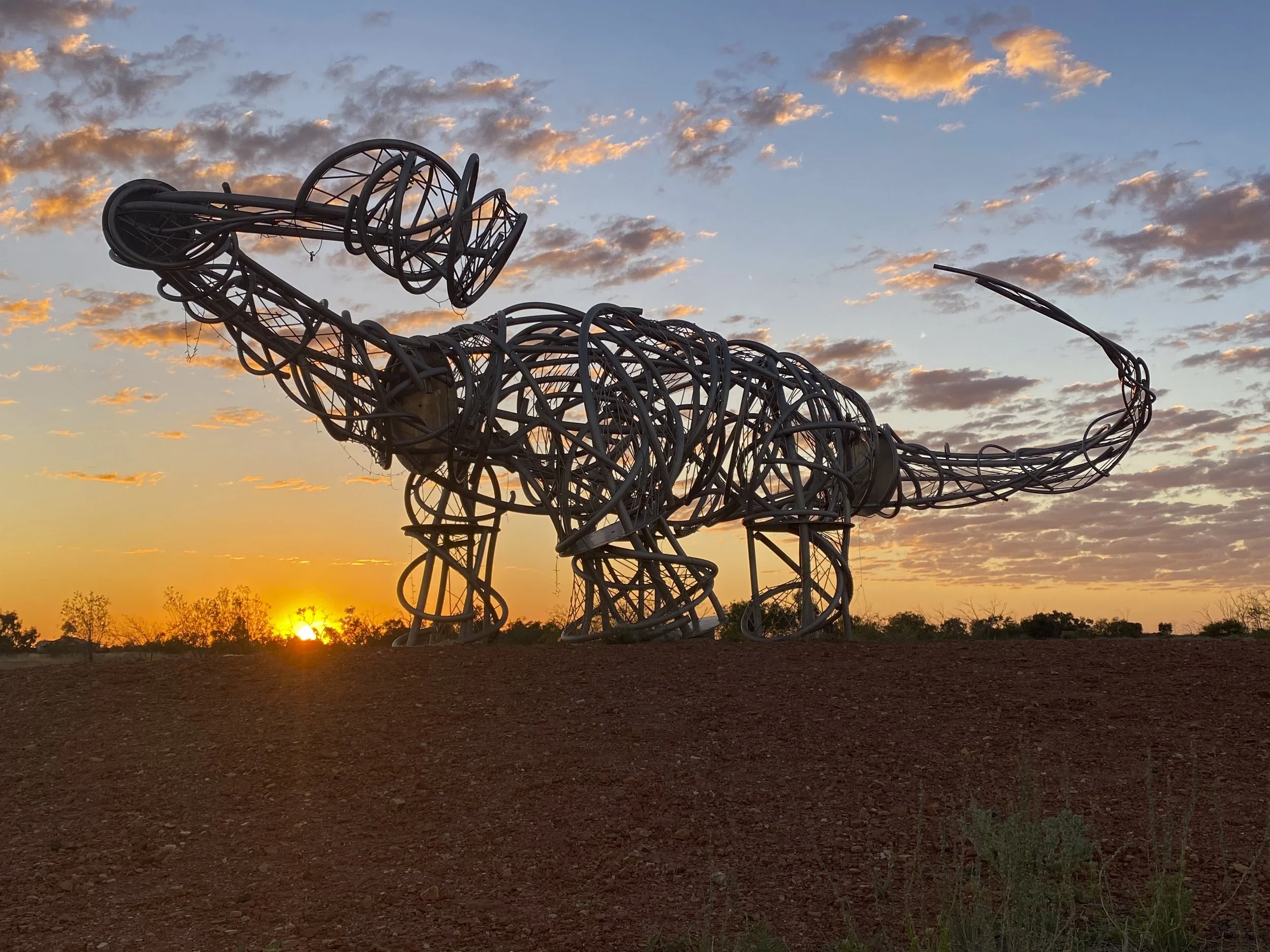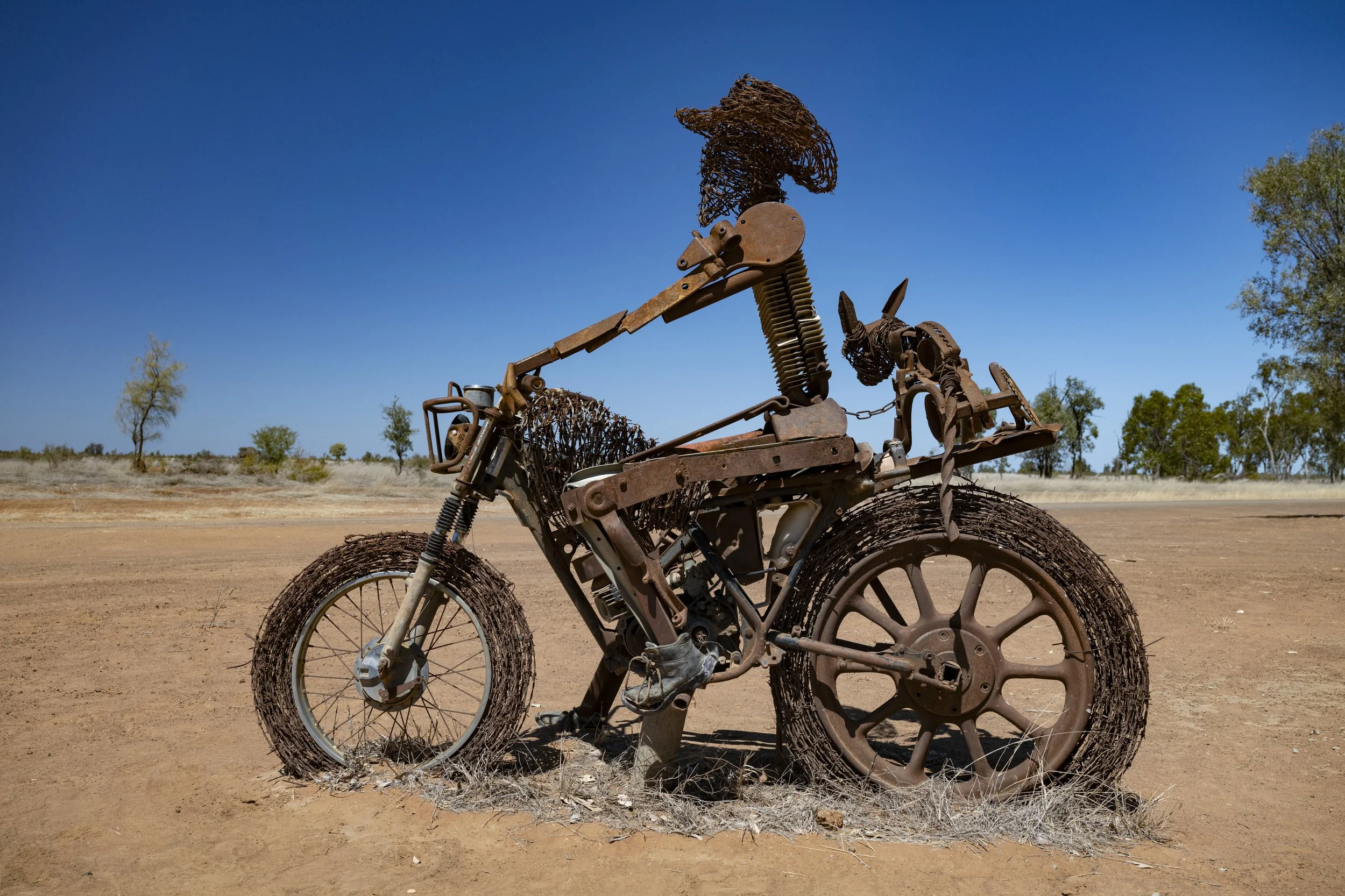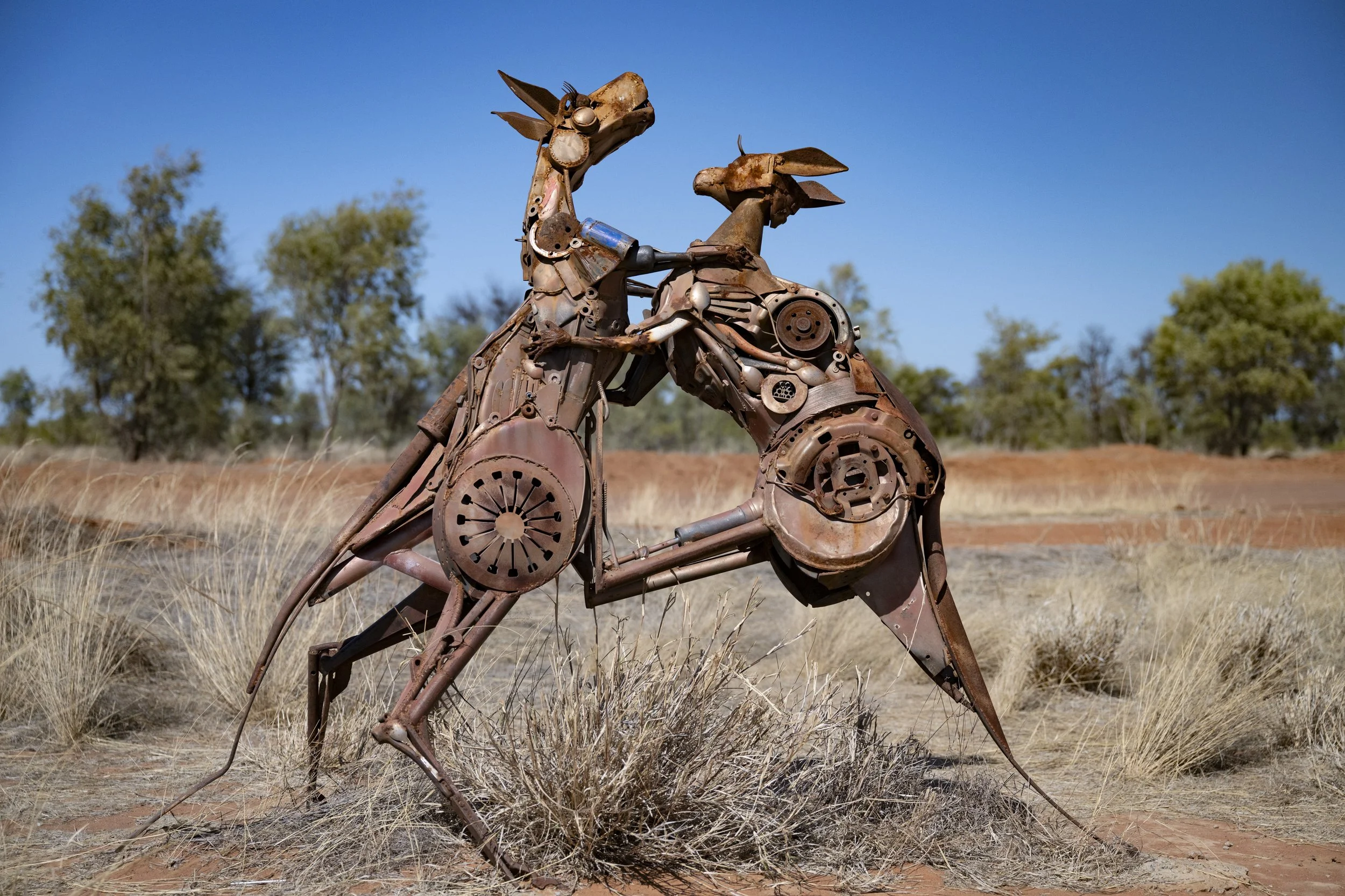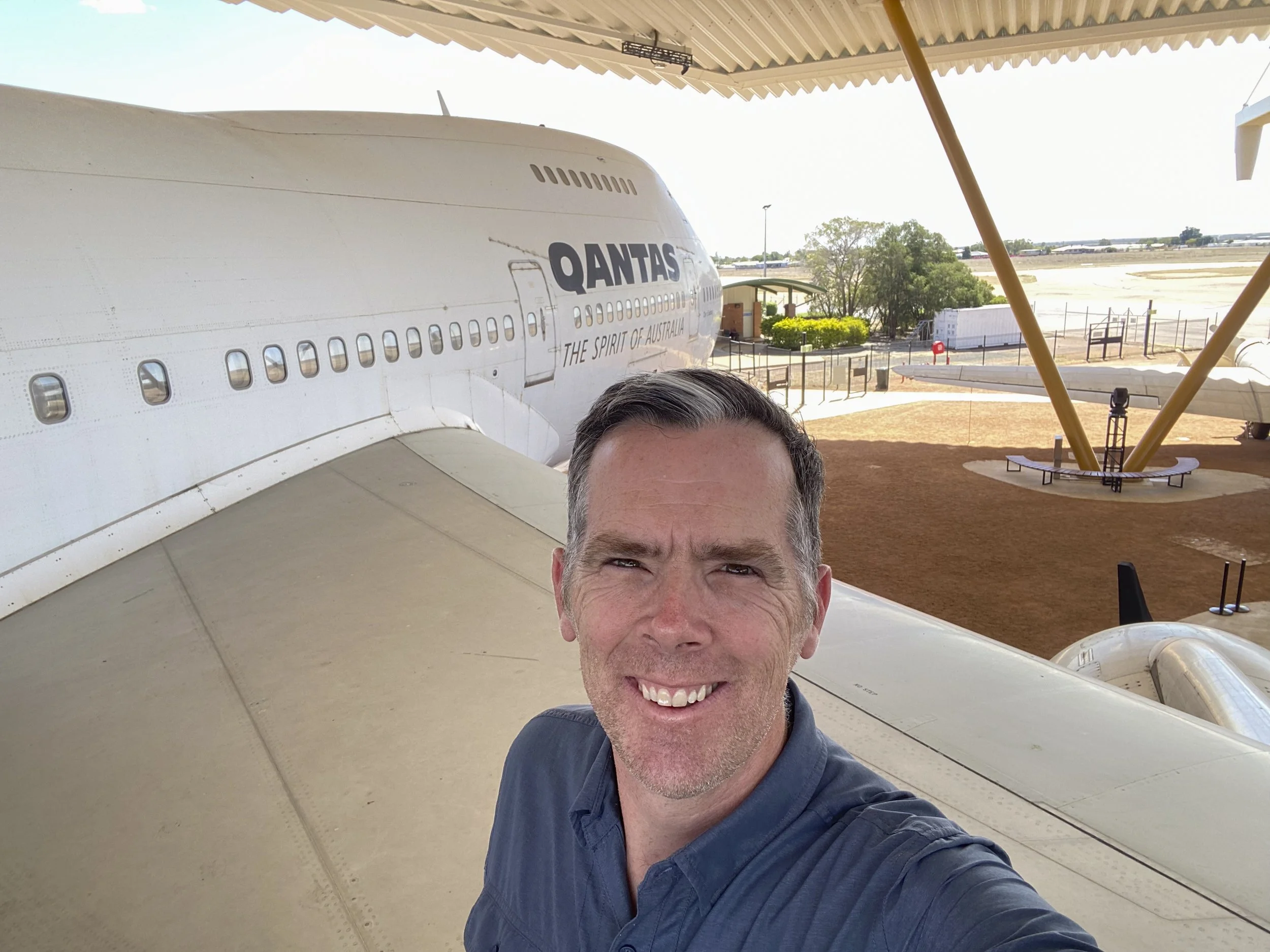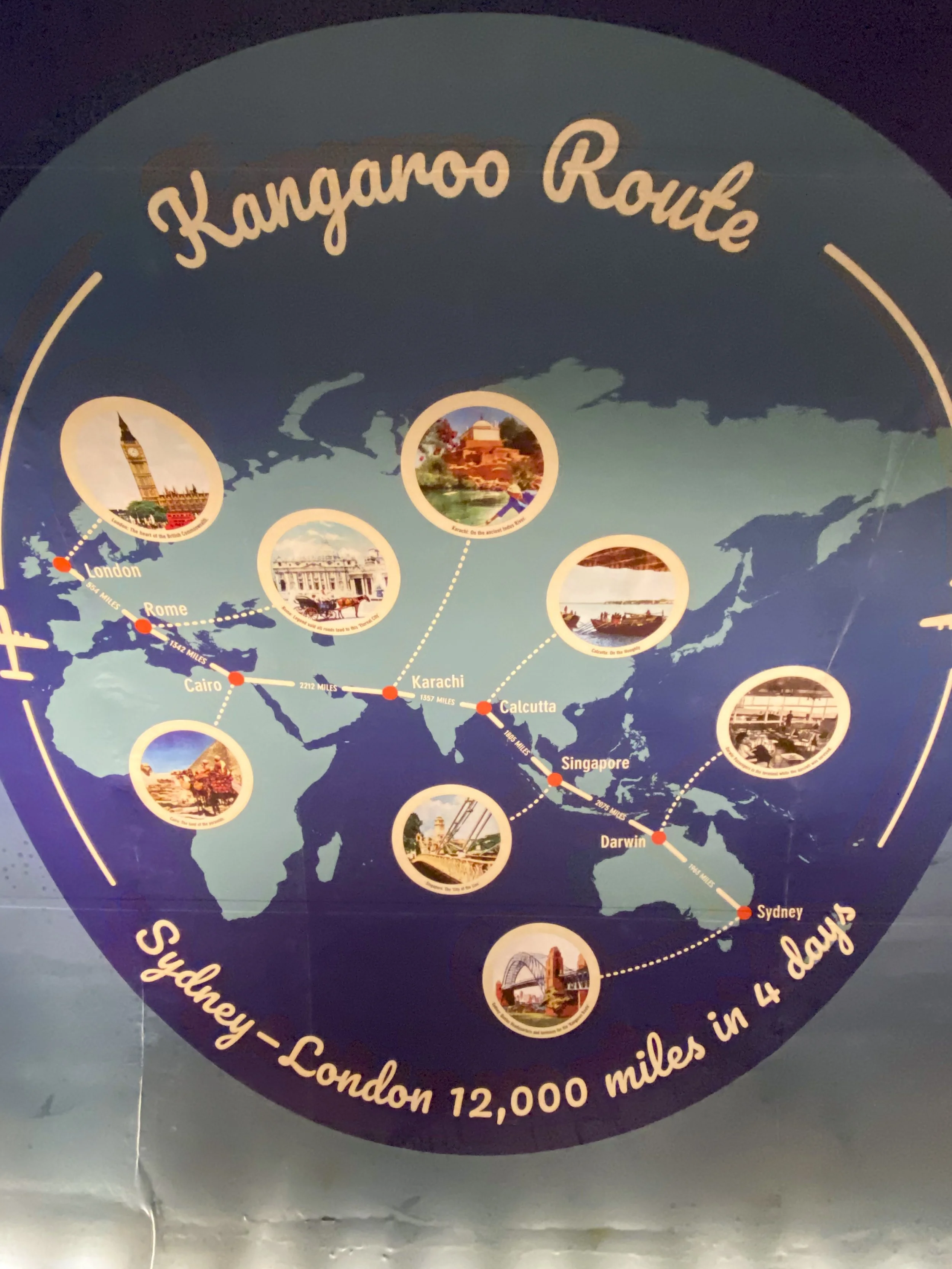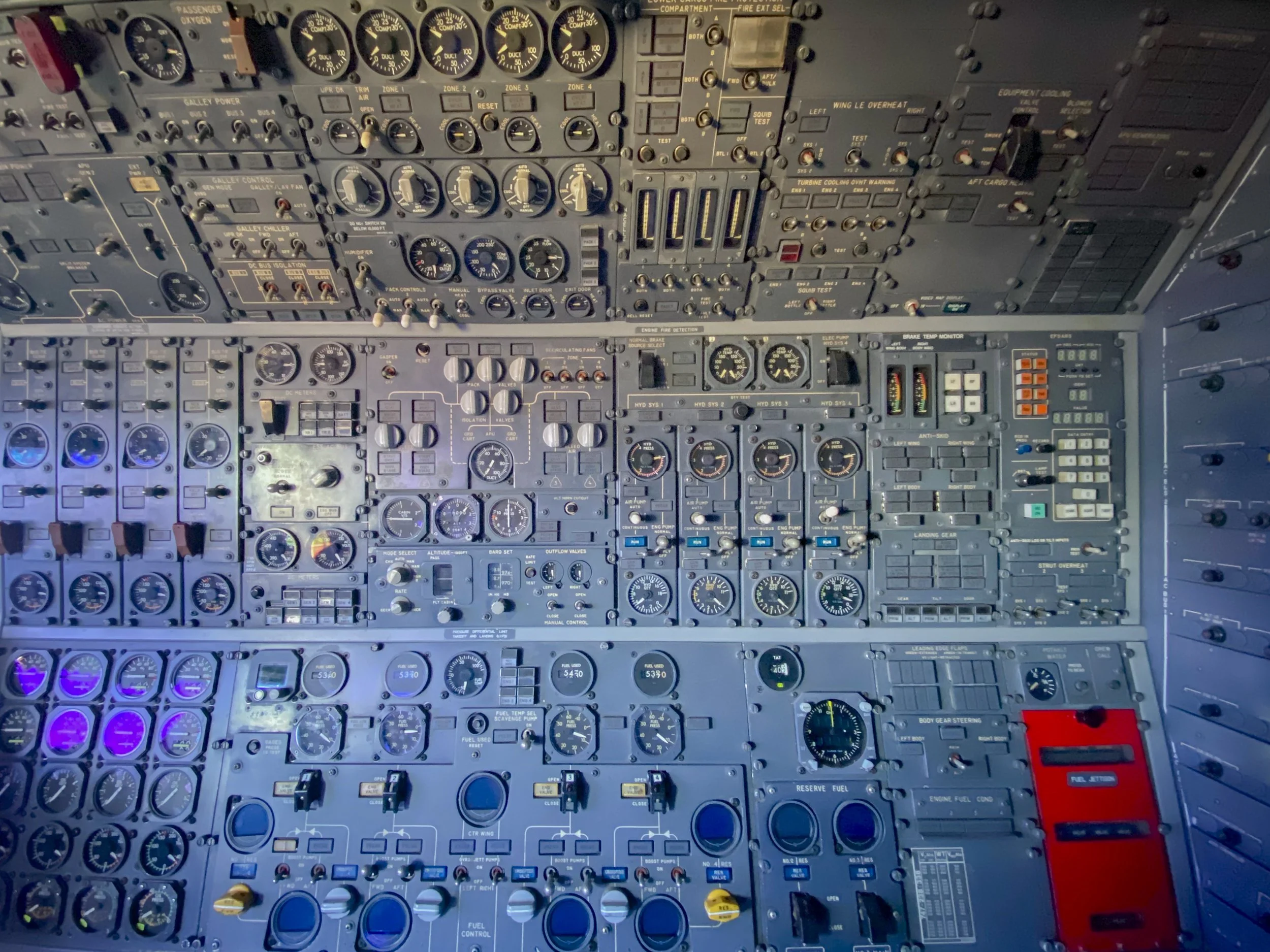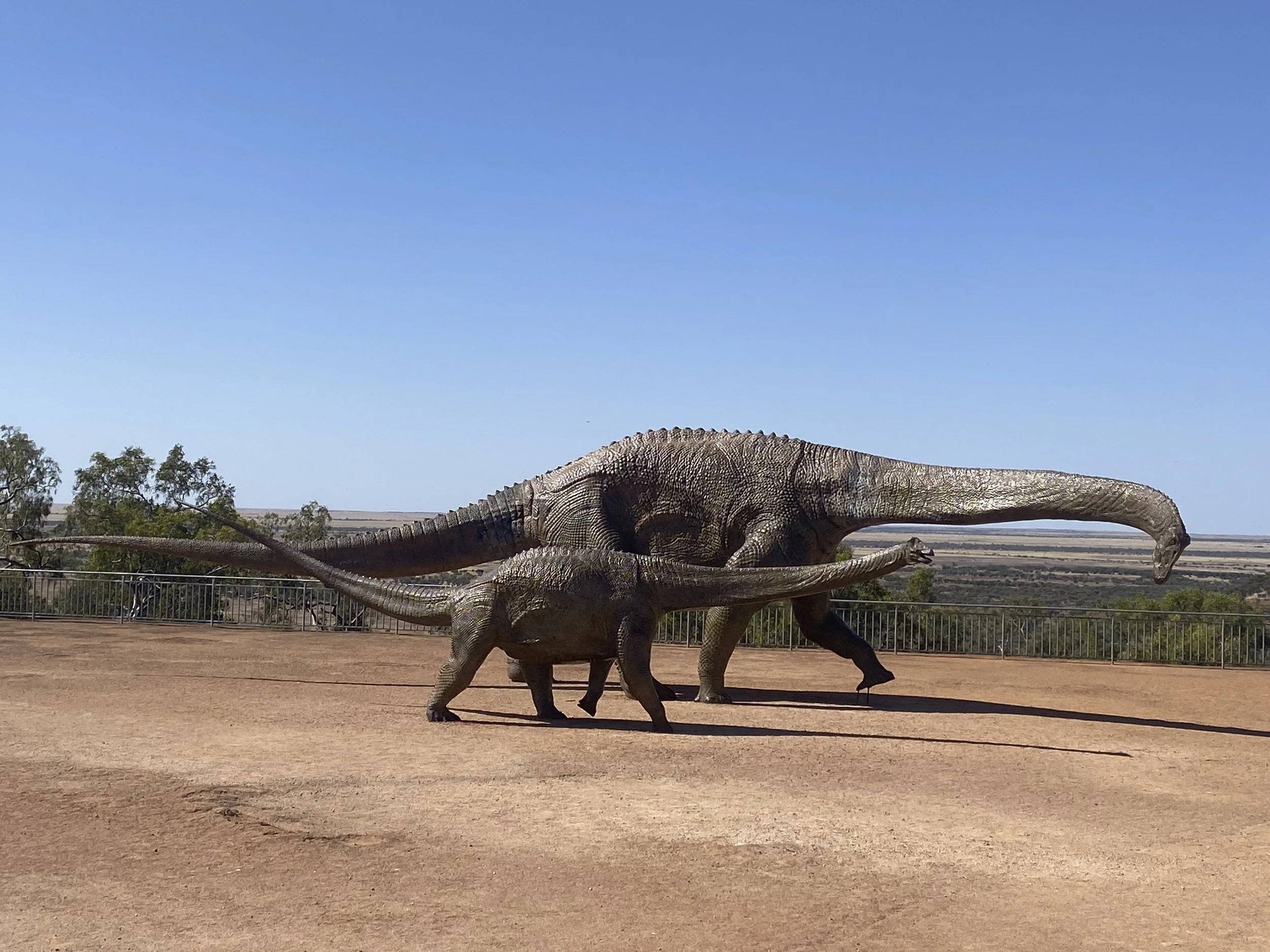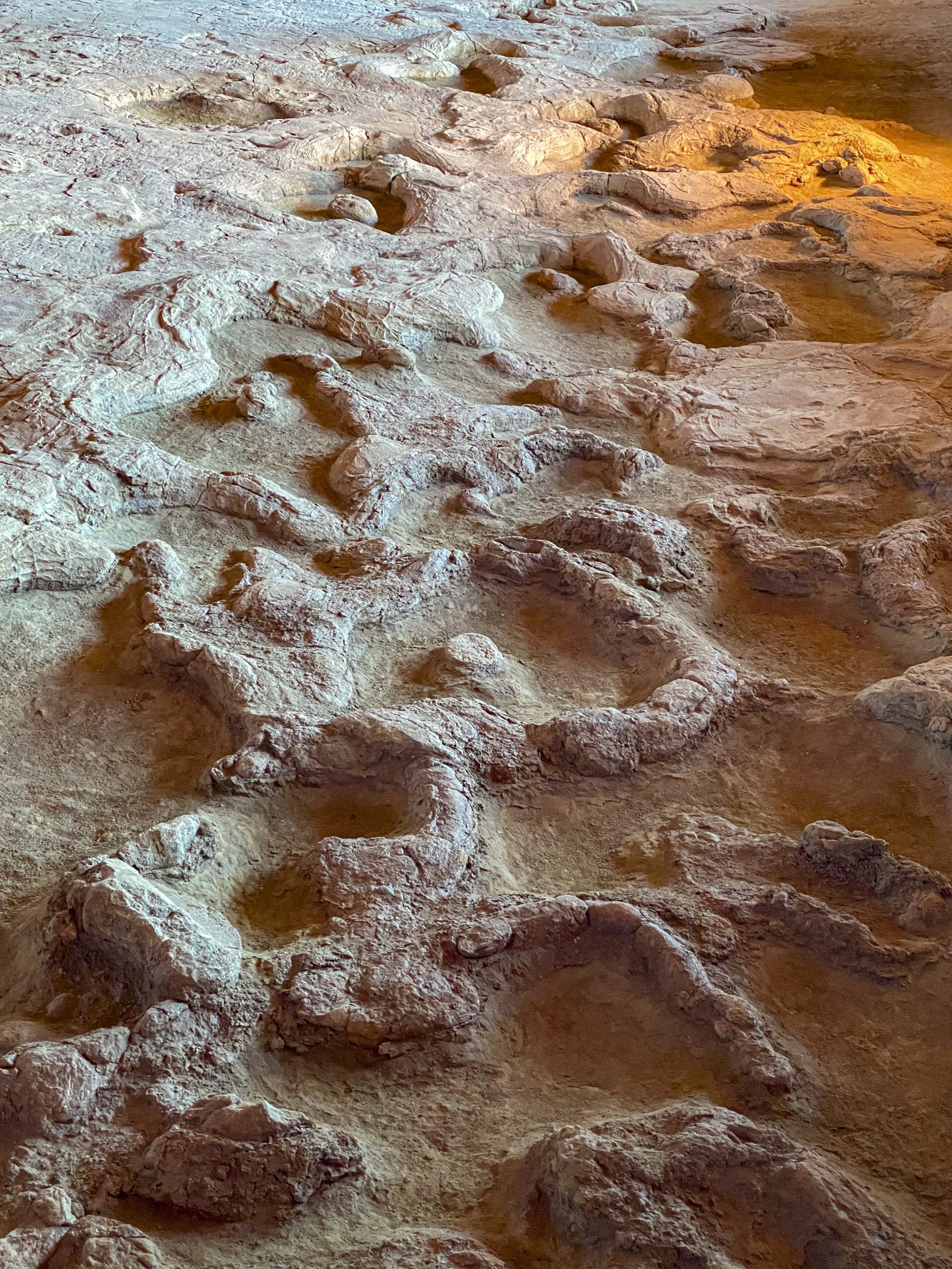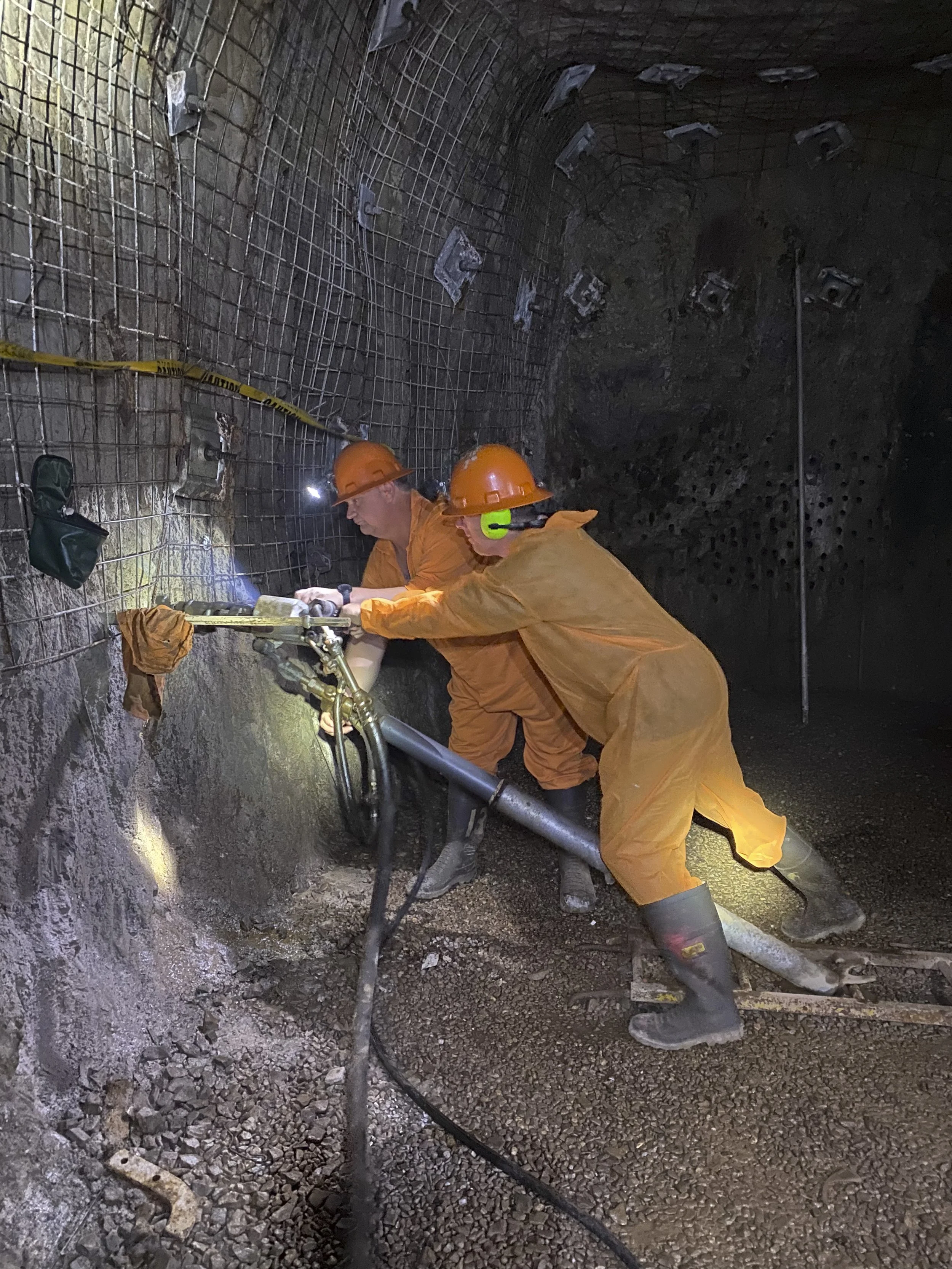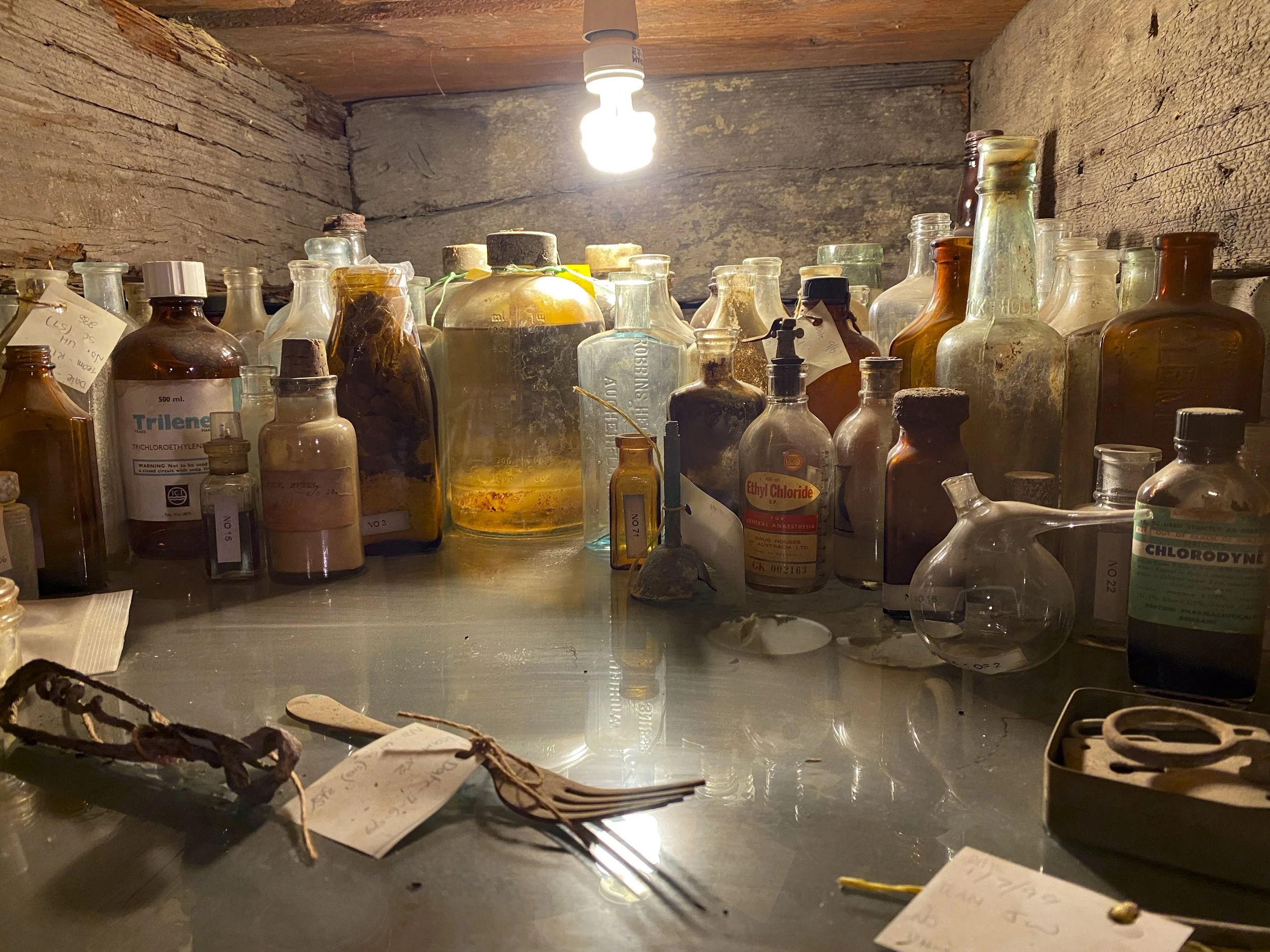15. Back to the Top
After leaving Coober Pedy we headed south to Point Pirie to get the wheel alignment done for the caravan. After that, we made a long one-eighty-degree turn which took us briefly back into Victoria before heading north again. Along the way north we visited some places in NSW (Lake Mungo and Broken Hill) and zig-zagged across outback Queensland before hitting the Gulf of Carpentaria.
It was hard at the bottom of our long u-turn when we passed back into Victoria. We were only one day’s drive from home and we were all feeling a little tired. It would have been easy to just end the trip then and there. What made it tempting was that we had the issue with the caravan wheel alignment followed by the air compressor breaking in the car - the impact of this being that the rear suspension in the car had no air in its airbag (which sits within the rear coil suspension) and so we could not tow safely. These issues made it feel like it would be just easier to go home.
We managed to get our van and car issues sorted. The truck maintenance place in Port Pirie did a great job correcting the wheel alignment. Then, for the rear suspension, I was not able to get a replacement compressor in Broken Hill. After trying to work out how to address it on my own (hopeless) I went all over town looking for a mechanic who could help come up with a workaround to get air into the suspension airbags. After several conversations I landed on a mechanic who came up with a workaround and then called his friend to see if he had the requisite parts to make it all happen. The friend had the parts and he made up the workaround. The mechanic did not even charge me for his help. We were on the road again due to the kindness of strangers.
I really enjoyed seeing Lake Mungo and Broken Hill and then the small towns through outback Queensland. I especially enjoyed visiting some historical sites associated with the ill-fated Burke & Wills expedition to cross Australia in 1860.
As a quick background for anyone that may read this and who is not from Australia, the Burke & Wills expedition set off from Melbourne in 1860 to reach the Gulf of Carpentaria in the north of Australia. The expedition was successful in the sense that they reached the gulf, but a failiure in the sense that three of the four men who travelled the last part from the expedition’s major base camp at Coopers Creek to the gulf died. The three men (one had already died) arrived back at the base camp in Coopers Creek absolutely exhausted and dying from starvation. They found that their companions had only left the camp nine hours earlier. Their companions had left some supplies buried in the camp - the famous ‘Dig Tree’ had a message carved in it for the men to dig for the supplies should they turn up. The three men were in no condition to chase the main group. Two of the three died shortly afterwards, with the lone survivor being saved by the local indigenous people. We visited the Dig Tree, the tree under which the expedition leader (Robert O’Hara Burke) died, and the site of their camp at the Gulf of Carpentaria (their target).
Woomera Rocket Park: Where the British tested their missiles
Woomera Rocket Park: Where the British tested their missiles
Woomera Rocket Park: Where the British tested their missiles
Lake Mungo: The lunette
Lake Mungo: The lunette
Lake Mungo: The tree roots are exposed by the shifting of the sand
Lake Mungo: Millie taking photos
Lake Mungo: The lunette
Lake Mungo: Heading back from the lunette
Lake Mungo: Ruins of the historic shearing shed
Broken Hill (Silverton): The Mad Max 2 museum
Broken Hill (Silverton): There are a lot of artists and art galleries
Broken Hill: The most famous artist in the area was Pro Hart. He liked the nice things - here is one of his Rolls Royces which he had painted
Charlotte Plains Station: I had wanted to visit and tour an outback cattle station. For different reasons we visited Charlotte Plains Station in Queensland. The station is known for its warm artesian baths. While it was lovely to sit in warm natural baths and watch the sun come up, the station was disappointing in that there is little actual station activity and while they advertise that they do tours this is not the case any more.
Charlotte Plains Station: Family bath time
The Dig Tree site
The Dig Tree: The carving of the words 'Dig' have long disappeared. However, it was special to visit the actual tree and reflect upon their hardship and disappointment at missing their expedition party by just nine hours
The Dig Tree: The tree into which the words 'Dig' were engraved, photographed from the Cooper Creek side
The Dig Tree: This tree is not the Dig Tree. This is an image of Robert O'Hara Burke carved into a nearby tree as a memorial in 1898. As time has gone by the 'R' and the 'B' of his initials have been covered over.
The Dig Tree: Millie in front of the Dig Tree
Burke & Wills: The sun sets on the tree under which expedition leader Robert O'Hara Burke died of exhaustion and malnutrition. The tree is near the small town of Innamincka
Travelling in outback Queensland: I have not included a photo of our car and caravan for some time. We are driving about 500km each time we go between towns out here.
Travelling in outback Queensland: The roads are often one lane wide of sealed road. When road trains come the other way, you have to get right off the bitumen
Travelling in outback Queensland: The roads are not fenced. You do not want to hit a cow - the picture gives a sense of who will lose. There was a fatality only a couple of weeks ago when someone travelling Australia hit a cow while driving in the dark. We just do not travel in or near the dark
Travelling in outback Queensland: We bought some new games in Darwin and have finally got around to learning this one called The Lost Ruins of Arnak
Eromanga: This is a very small town in Queensland. Some years ago they found some dinosaur bones. They have followed the lead of Winton and leant into dino-tourism. This is their museum in Eromanga
Eromanga: Holding a piece of dinosaur bone which is about 90 millions years old
Eromanga: They are building a scale model of their poster dinosaur named Cooper
Eromanga: Cooper's thigh bone
Eromanga: The park has a dinosaur theme
Lake Dunn Sculpture Trail: There is a 200km loop from the town of Aramaic which has 40 sculptures by local artist Milynda Rogers who lives on a station along the loop. This sculpture, called the 'Returned Soldier' sits high above the road below
Lake Dunn Sculpture Trail
Lake Dunn Sculpture Trail
Lake Dunn Sculpture Trail
Lake Dunn Sculpture Trail
Lake Dunn Sculpture Trail
Lake Dunn Sculpture Trail
Lake Dunn Sculpture Trail
Lake Dunn Sculpture Trail
Lake Dunn Sculpture Trail
Lake Dunn Sculpture Trail
Lake Dunn Sculpture Trail
Barcaldine: This is the 'Tree of Knowledge' which the shearers met under for the shearers strike in 1891. It is historical for its connection to the formation of organised labour. The tree was fatally poisoned in 2006 and then preserved.
Qantas Founders Museum (Longreach): Out the wing of a 747
Qantas Founders Museum (Longreach): The old route to London
Qantas Founders Museum (Longreach): Flight deck of 747-200
Qantas Founders Museum (Longreach): The instrumentation panel for the engineer on a 747-200. This plane was retired in 2002. I got lucky on the tour. There were three of us doing the tour, and I was asking the guide about this and that when one of my fellow participants started answering the questions. He had flown for Qantas for 20 years, including 8 years in this plane. It was a real bonus having all of his knowledge
Winton: The Waltzing Matilda Museum. A museum dedicated to our national song (not our national anthem). A statue of A.B. 'Banjo' Paterson.
Winton: The Waltzing Matilda Museum. A copy of the original hand written lyrics by Banjo Paterson
Winton: Time for more dinosaurs. Winton bills itself as the dinosaur capital of Australia. Interestingly, it was only about 25 years ago that the first dinosaur remains were found in Australia.
Winton: We have seen many fire risk indicators, but this is the first fly level indicator. Above 'extreme' is just eating flies
Winton. They cut chunks out of the ground at the archaeological sites and encase these chunks in plaster. Back at the museum volunteers work their way through separating out the fossils
Winton: Dinosaur footprints
Mount Isa: This is a mining town in north-central Queensland. They have a tour of a working mine... Well, that is what they call it. In reality it is a mine they built next to the working mine for the sake of tourists. It was still a very good tour. Our guide has worked at the mine for 20 years, and still works at the mine 7 days on / 7 days off and so was a great source of information
Mount Isa: Having a go at the pneumatic drill to create holes for blasting. It was so very uncomfortable. I cannot imagine doing this all day long. Though, now days, these holes are drilled by a large piece of equipment (which we got to see, and which our guide still operates)
Mount Isa: When the charges are set everyone needs to be out of the mine. The board manages where people are
Mount Isa: The underground hospital was built during WW2 but was never used
Mount Isa: The underground hospital was built during WW2 but was never used
Normanton: Is a small town on the Gulf of Carpentaria. It is near Normanton that Burke & Wills reached their target of the Gulf of Carpentaria
Normanton: The site of Burke & Wills most northern camp (Camp 119)
Normanton: Burke & Wills carved their mark and camp number into more than a dozen trees to prove they had made it to the gulf





